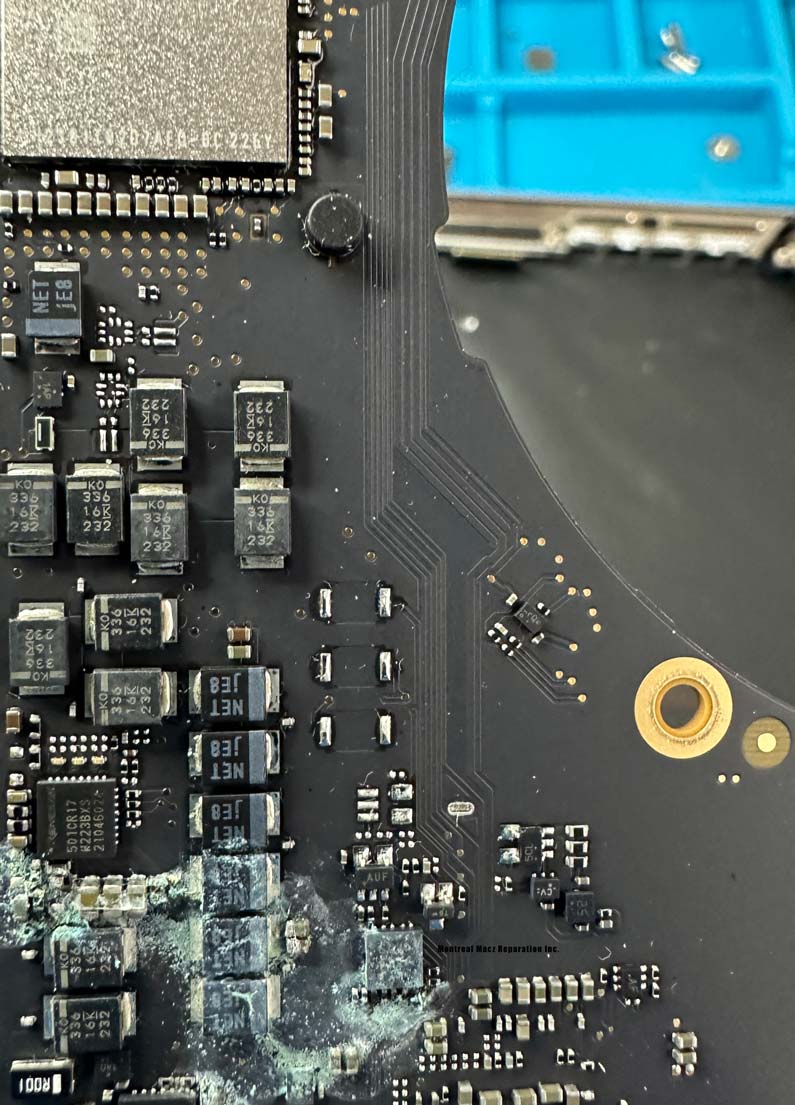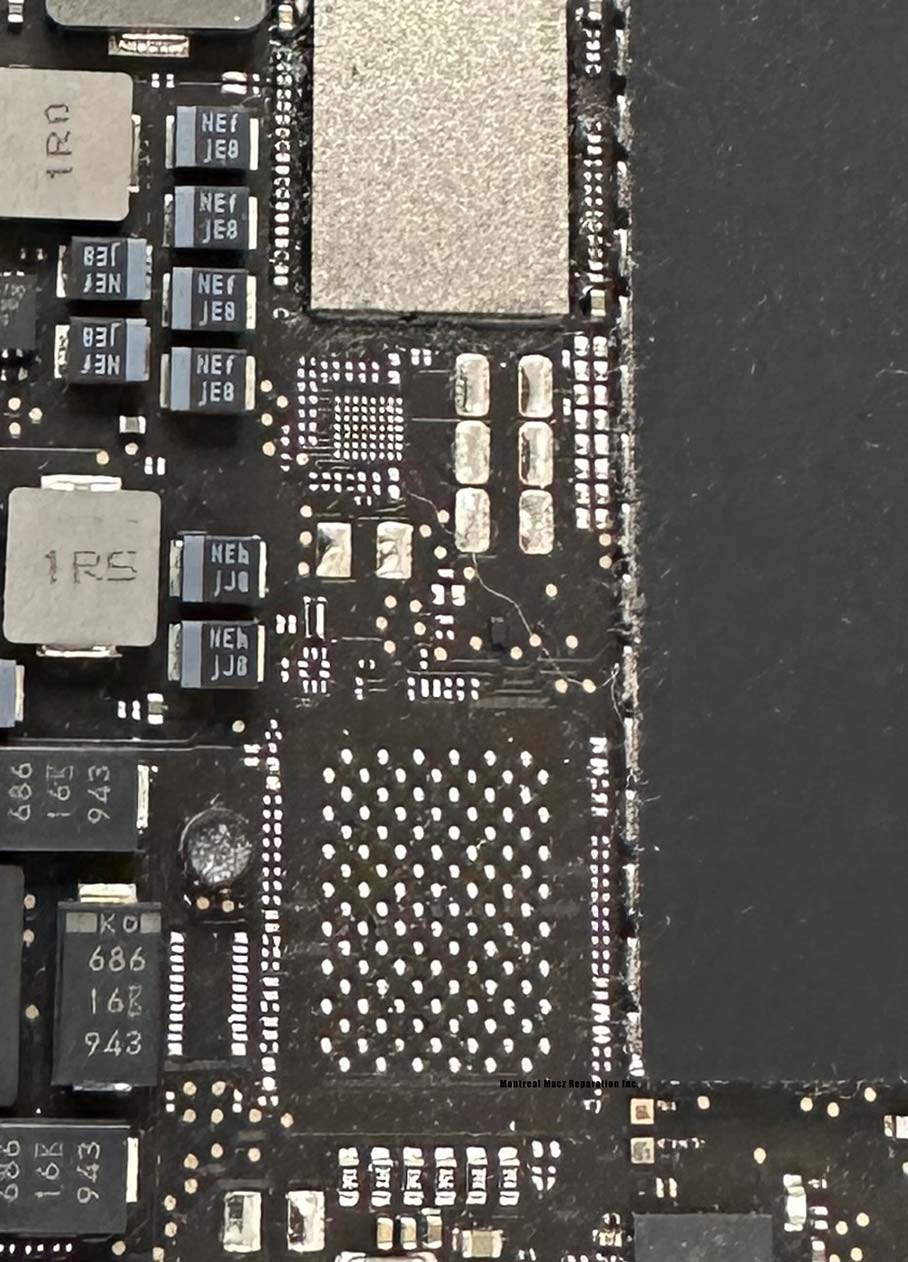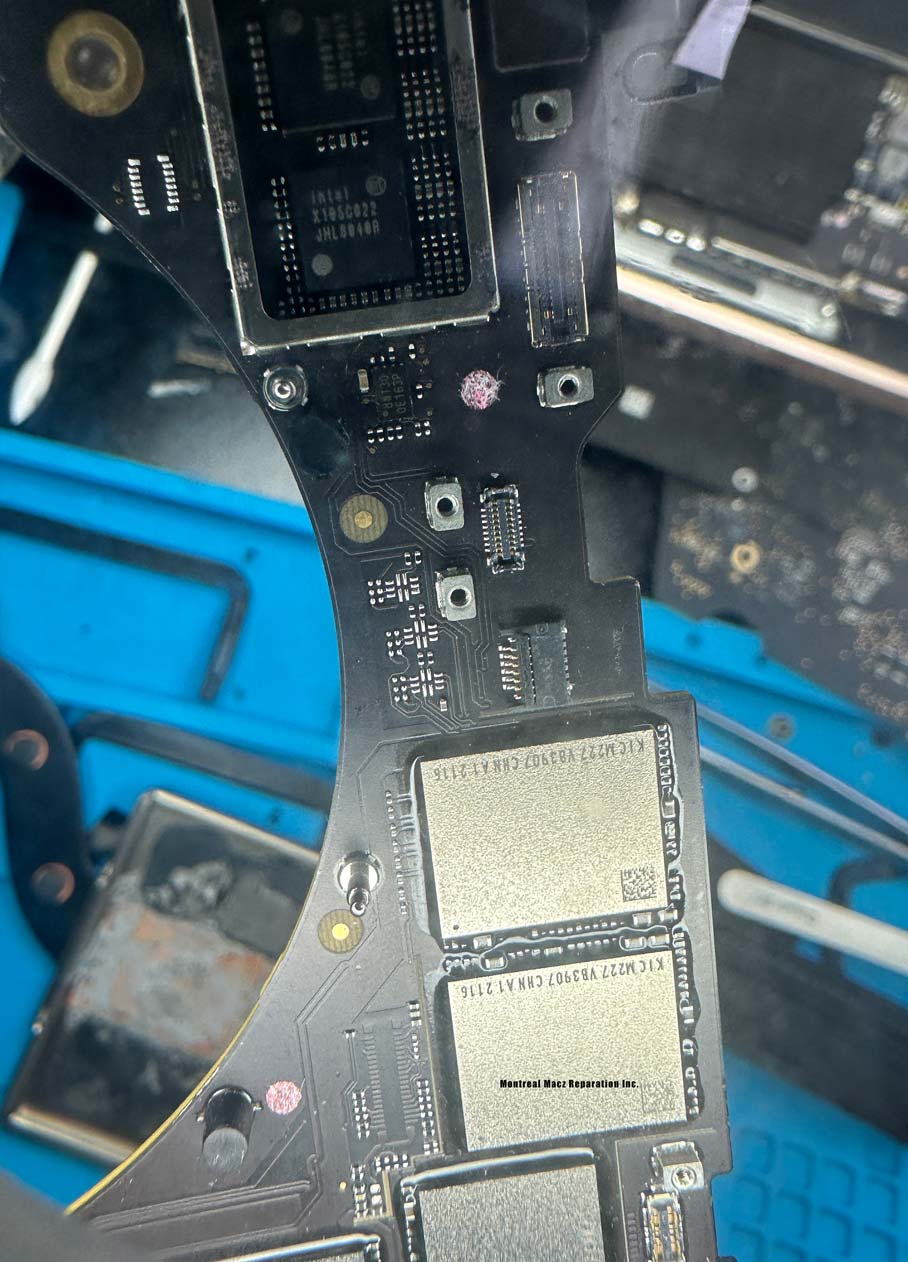In general Apple uses the state of the art technology for protecting your data. However this comes at a price when it comes to data recovery.
Your data can be accessed in normal conditions however if the hardware fails, with most new models, accessing your data would be almost impossible unless if the decrypting sequence is still in working order.
After moving away from the traditional hard disk MacBooks back in 2010-2012, Apple started to make hardware changes to enhance security and performance on macbook hard drives. Moving to solid state drives and flash storages and then to PCIE and NVME. But in 2015, they started to implement the onboard SSD/NAND technology starting with their A1534 model. Which means the hard drive would no longer be removable by regular users.
Not only the SSD/NAND chips were now soldered on the board, but the encryption and hardware security changed from one year to another. As cybersecurity became more and more important in every industry, Apple tried to be on top of it. But they never considered “what if an accident happens to a user computer and that they may need their data.”
On almost all newer MacBooks from 2018 onwards (and some more models before 2018) the logic-board needs to be almost fully working for the data to be accessible. If the TPM and all authenticating factors fail during the boot, there is almost no way of accessing the data.
Think of it as a castle where your data is in the centre of it and is very fragile and cannot be moved and there are 5 gates protecting the centre of the castle. Each gate has a separate lock to be opened by a specific key and not only that, the gates also hold some of the encryption to your data, so they cannot be altered or destroyed. While you have all the keys to each gate lock, if any of those gates are malfunctioning, you cannot access the data in the centre unless that gate/door is fully functional so you can put in the key to open them and also read some of the encryption. In this hypothetical example, you may think, okay well I will just break the door/gate and access the data. However if you break the door/gate, you will destroy the data in the centre because some of that data is actually written on those gates/doors as well. Your data can only be accessed if all those original gates/doors are fully functional and that you have all the keys.
Recovering data from newer MacBooks, especially models from 2018 onwards, can be challenging if the hardware fails. These devices require almost all components of the logic board to be functional for data recovery, due to sophisticated encryption and authentication processes.



